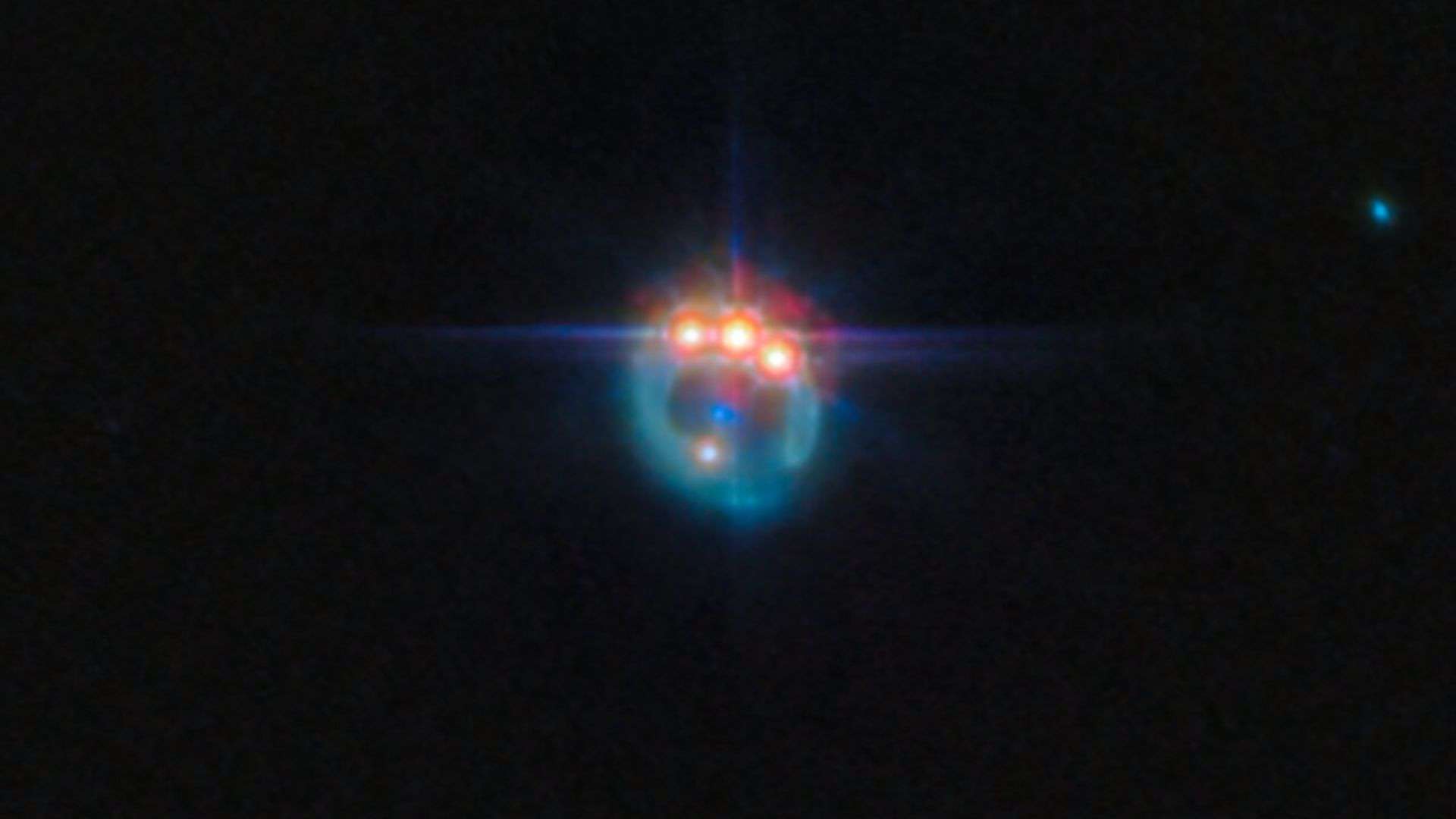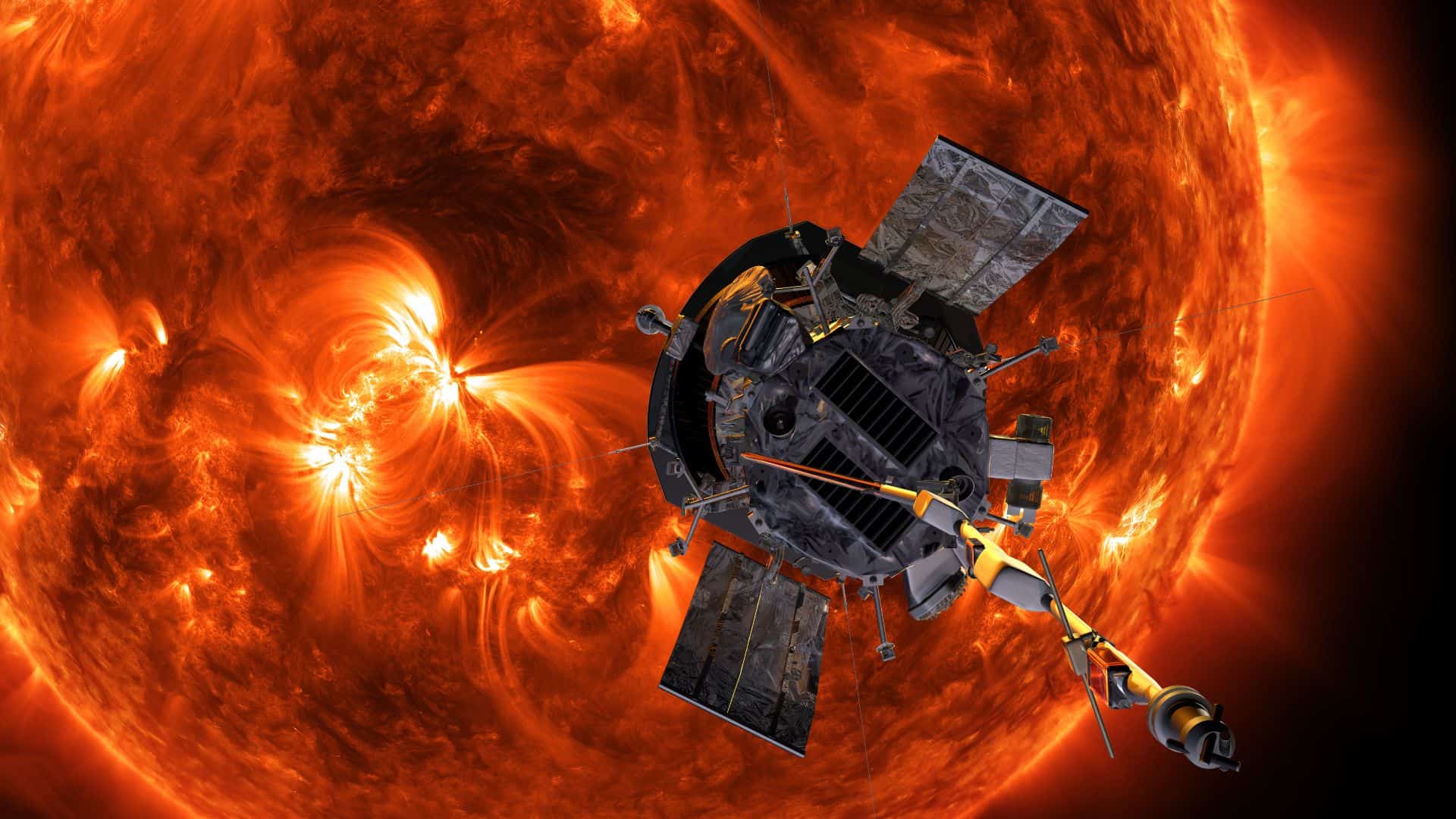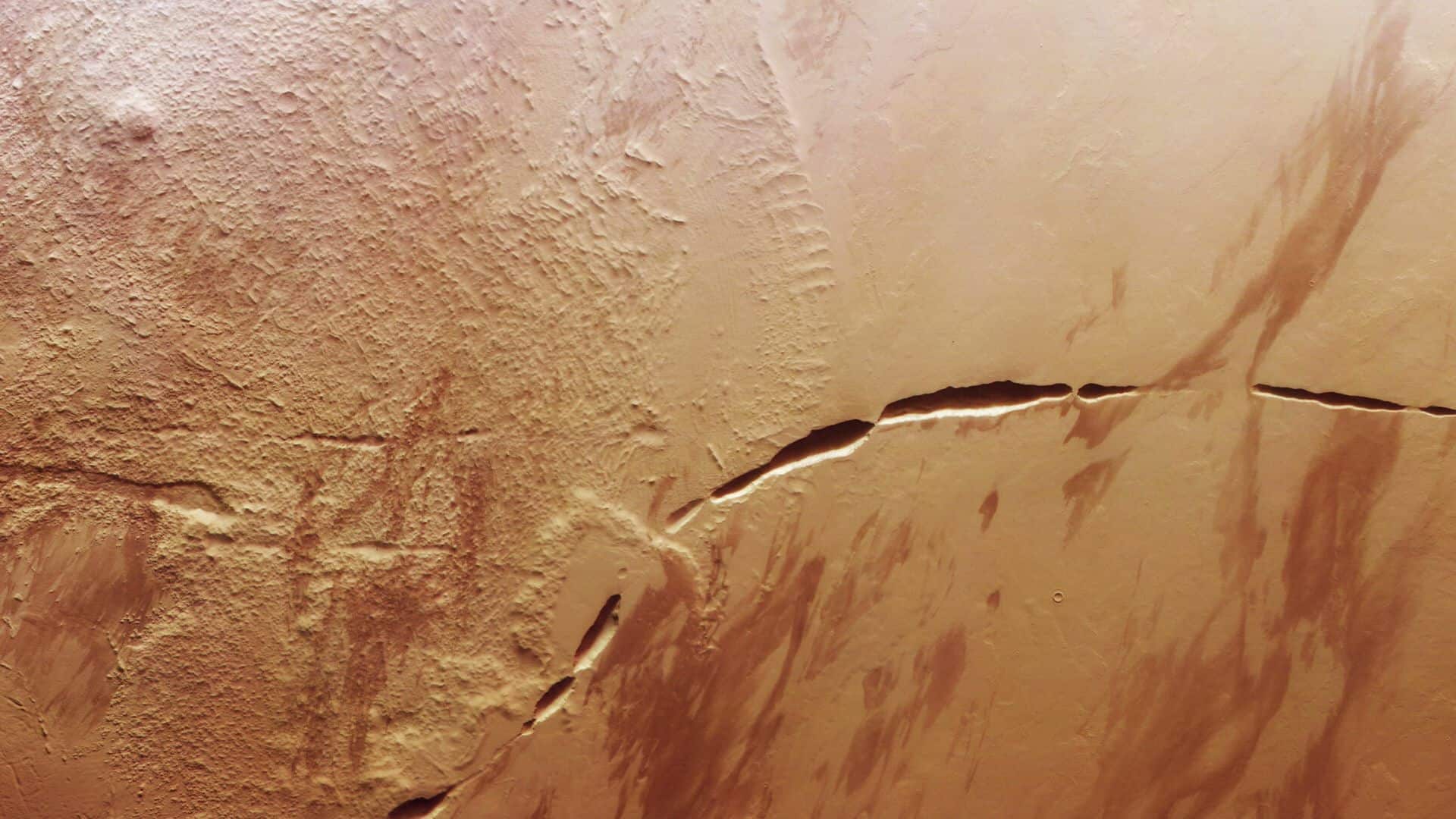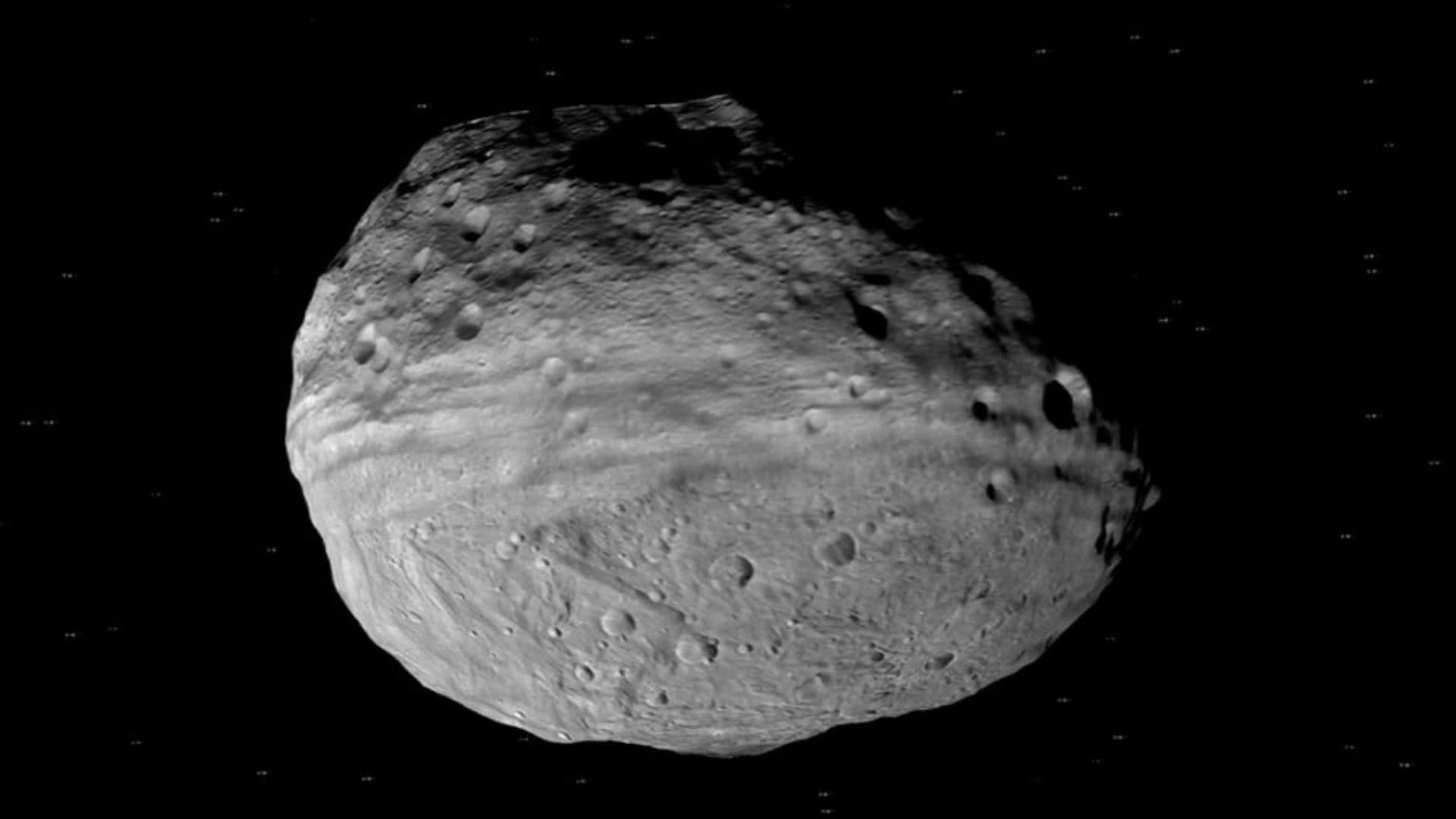The lower portion of a moving dust-filled whirlwind has been captured by NASA’s Perseverance Rover on the Mars planet on August 30, 2023.
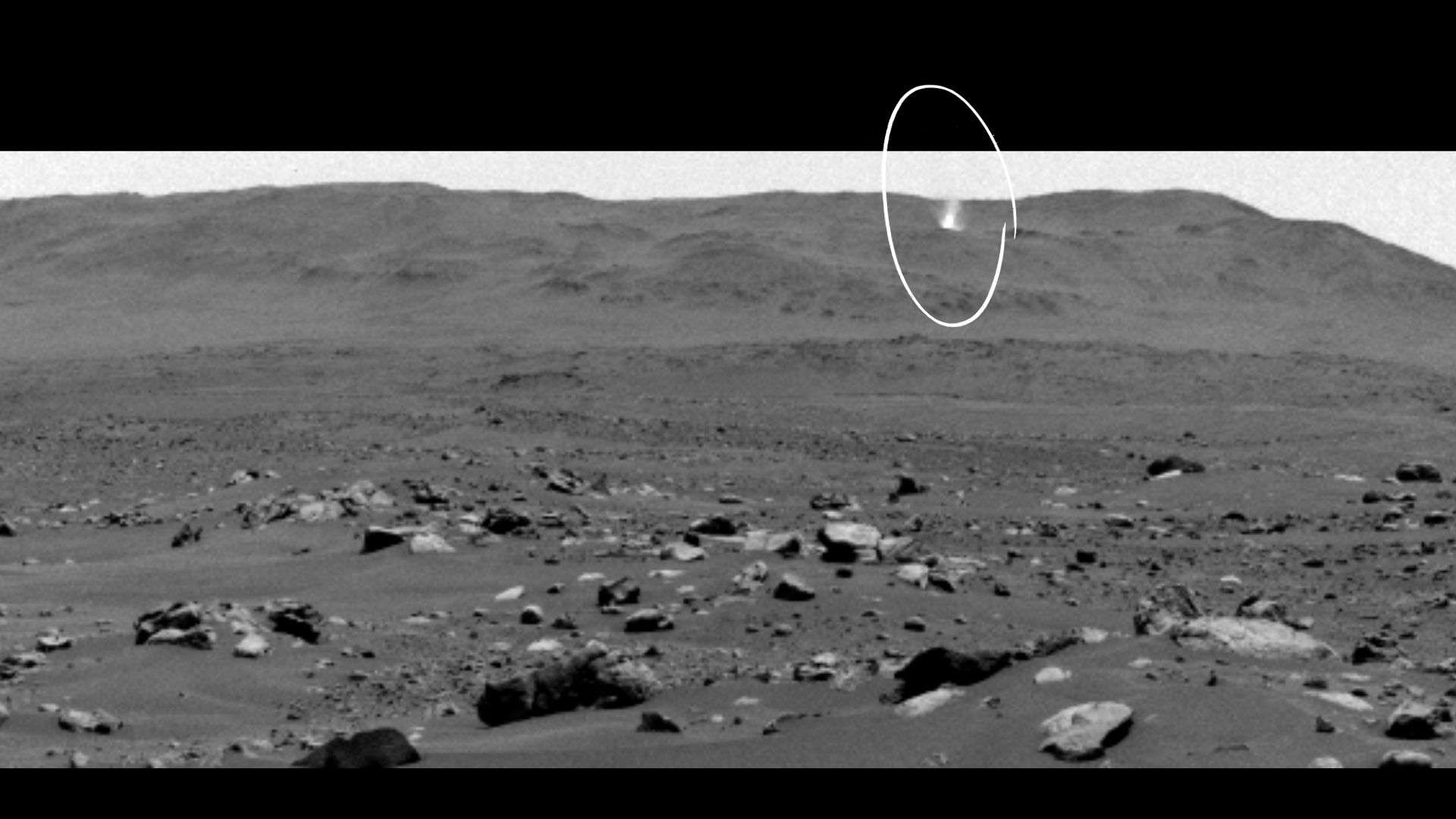
By using the imaginary data, the mission scientists have determined that the whirlwind was about 4 kilometers away from the Perseverance Mars Rover at a location called “Thorofare Ridge”.
This Martian dust devil was moving from east to west at a speed of 19 kph. They also estimated the width of this dust devil to be about 60 meters.
The lower portion of this whirlwind is visible here, with an estimated height of 118 meters.
According to the statement of Mark Lemmon, a planetary scientist at the Space Science Institute in Boulder, Colorado, and a member of the Perseverance Science team:
“We don’t see the top of the dust devil, but the shadow it throws gives us a good indication of its height”.
They have predicted that the total height of this whirlwind will be 2 kilometers.
It is now summer in the Northern Hemisphere of Mars planet where the Perseverance Rover is located. Whirlwind is seen in spring and summer months on Mars planet like Earth. So the Perseverance Rover routinely monitor in all directions.
For the full animation of this whirlwind click here.
What is Perseverance Rover?
It is a six-wheeled rover (robotic car) that was sent by NASA to explore the Jezero crater on Mars. It was launched on July 30, 2020, at 7:50 a.m. EDT atop an Atlas V-541 rocket from Launch Complex 41 at Cape Canaveral Air Force Station, Florida.
It landed on the Jezero crater of the Mars planet on February 18, 2021, and it’s still working on the Mars planet.
Please follow us on Facebook and Twitter to get latest space news, upcoming skywatching events and astronomy-related content.
